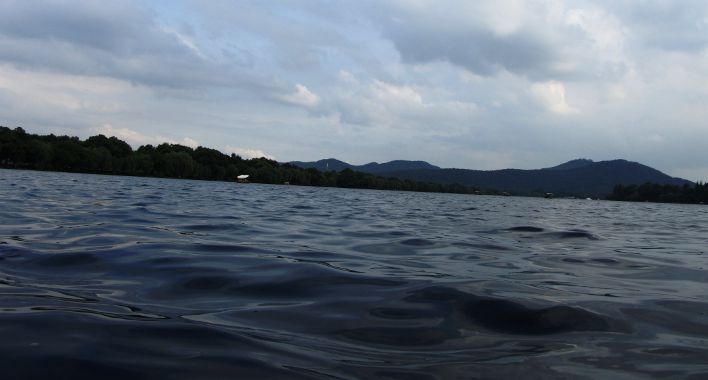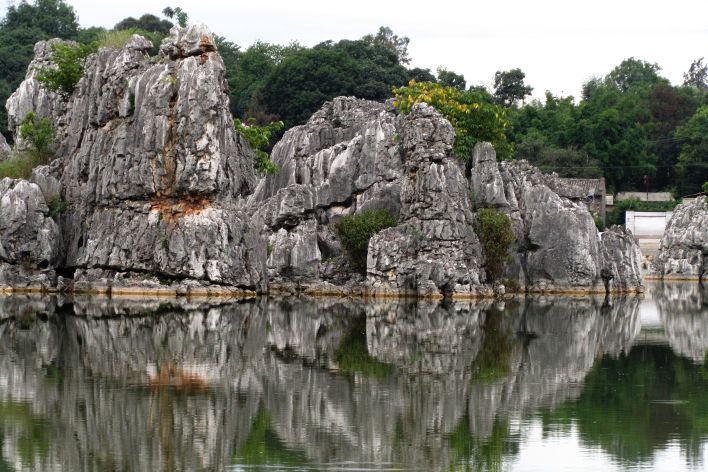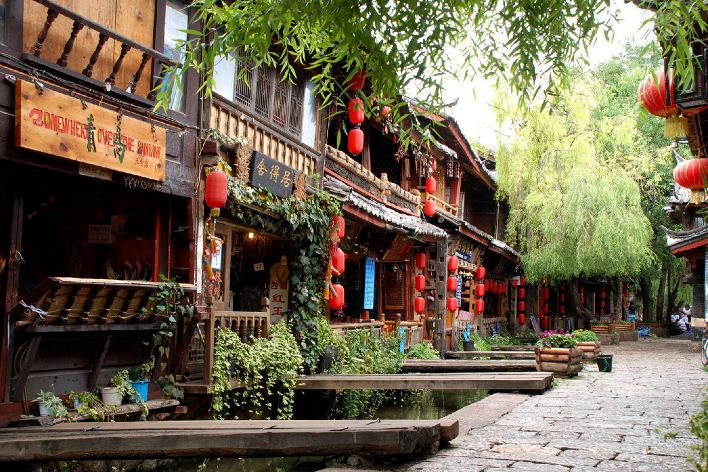This article is a review of the travel guide “Xinjiang : A Traveler’s Guide to Far West China“, written by Josh Summer, the soul of Far West China, notoriously my favorite website of my favorite Chinese province: Xinjiang.
Here at SDC we rarely review travel guides. The reason is, for the most part we don’t like them. Today we make an exception because, in my opinion, Josh’s guide is… an exception.
Why? There are two reasons:
- The first is that Xinjiang is one of the most difficult Chinese provinces to explore, especially if you don’t speak Mandarin: there are very few guides or web sites that cover the province (for some areas the only resource in English is Far West China, besides which there are only sites in Mandarin, almost all of which are terrible); tourism is, compared to other places in China, less developed, just like the infrastructure. This last point is the main problem when you consider that we’re talking about a province that alone covers a sixth of China’s surface area.
- The second reason is that Josh, the guide’s author, lives in Xinjiang since 2006, has explored every corner of it, and most of all has an unbridled love for this region. This love shows in the effort he put into writing this guide and what he’s been putting on his website for years.
What is the guide’s structure?
The guide is divided into two parts. The first contains information and advice of a general nature while the second, longer one, contains detailed guides about every region and city in the province.
Part one: General information
Josh starts out by introducing the reasons why this region is so special before moving on to describe the traditions of the various ethnic groups that live there (Uigurs, Han Chinese, Kazakhs, Hui, Kyrgs, Mongols, Tajiks, Xibe, Manchu, Uzbeki, Russians, Daur and Tartars).
The guide then becomes more practical, with a section dedicated to the many possible itineraries (forget about visiting the whole province unless you have several months available), the various options for those who wish to take a “luxury” trip (with several recommended tourist agencies), advice for those who would rather travel in the most economical way possible, tips for those traveling with children, the region’s climate (rather extreme, I have to say), the various festivals, information on how to cross the border (Xinjiang borders eight countries: Mongolia, Russia, Kazakhstan, Kyrgyzstan, Tajikistan, Afghanistan, Pakistan and India), general information about the transport system, and advice about security issues (Xinjiang is an area of greater risk since, like Tibet, it is in the midst of an “ethnic” conflict between the historic inhabitants of the region and the Han Chinese).
The next section is dedicated to those who are looking for “adventure” travel (the possibilities here are endless), homestays, cycling, skiing and extreme sports.
The last section of this first part offers general advice about the Internet, ATMs, souvenirs, visas, shopping, transportation, culture, etc. Let’s say that it deals with advice in line with what you can find in our guide to traveling in China, however it’s more focused on the details of the province and above all that the Muslim religion is an important part of the population.
Part two: Guide to the main cities
The second part of the guide is arranged by city (or zone): Urumqi, Turpan, Kashgar, Hami, Altay, Ili, Karamay, Shihezi, Korla, Kuqa, Aksu, Karakorum Highway, Hotan & the Southern Rim.
For each city, or region, you will find a map (you can download the high definition version from the dedicated guide site), an introduction to the city (with much historical information), all necessary information – including prices, timetables and times, – for arriving by air, train or bus, a detailed guide to all the main attractions of the city and its neighboring area (though “neighboring area” is an adjective that in Xinjiang has a relative meaning since sometimes you’ll have to travel for hours before reaching a glacier or archaeological site), reviews of the best luxury, mid-range and budget hotels, and reviews of the best restaurants in the city.
The pros of the guide
First of all, the guide costs only 9.99 USD. Considering that it’s the only recent guide of Xinjiang (unless you’re content with the “Xinjiang” section of Lonely Planet China, which is however much more superficial and I don’t believe has been updated in 2015), it is a ridiculously low price. In my humble opinion I think it’s worth at least 30 USD, especially if you consider that even on the web, you will barely find anything.
In 2012, when I was preparing my trip to Xinjiang, for secondary places such as Burjin or Hemu there was no practical information written in any language except for Chinese. And even in Chinese, it’s not like there was all this material; more than anything we found reviews of similar trips left by tourists on sites that vaguely remembered me of TripAdvisor (but in Mandarin).
If I had had this guide, I wouldn’t have had to spend nights on the web trying to find out from which station my train for Kashgar leaves. No, I’m not exaggerating, in this guide I found all that I needed during my three weeks in Xinjiang, even the address of my beloved livestock market of Kashgar, the price of the knives that I bought and how to ship them (you can’t bring knives in trains, planes or send them with the “normal” mail).
The cons of the guide
The only “con” that I found is that the guide is only available in electronic format. So, if you don’t have a Kindle or an iPad, you’ll have to read it on a PC.
This is not to criticize Josh: publishing a paper book requires much more work and even we, if we were to decide to publish a guide, would probably choose to do so only in electronic format, at least initially.
Bonus for SDC’s readers
I spoke with Josh and he offered the following bonus: if you read this review and decide to buy Xinjiang : A Traveler’s Guide to Far West China, you will receive as a gift the five episodes of the podcast “Tourist Introduction to Uyghur” (value: 5.99 USD). Just send an email with the receipt to the address [email protected].




Great stuff, I bought the book as well and hope to make use of it in coming years. I am an American who worked in Kyrgyzstan and who now works in Tajikistan and I would like to take trip through Xinjiang at some point.
Hello Daniel,
thank you for reading : )
Hey Daniel, I’m glad you were able to grab a copy! Make sure to register your copy if you haven’t already (details in the book). I didn’t share this with Furio, but by registering the book you get free access to next year’s edition as well (2016). It might be useful if, by chance, you won’t make it out here until next year.
Hope that helps!